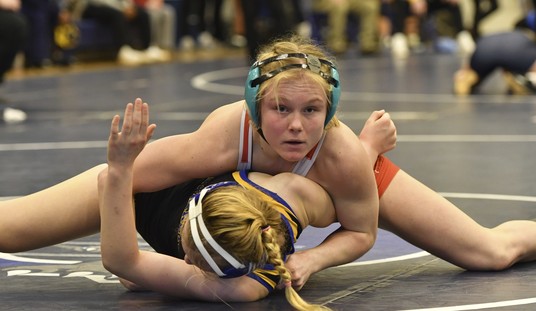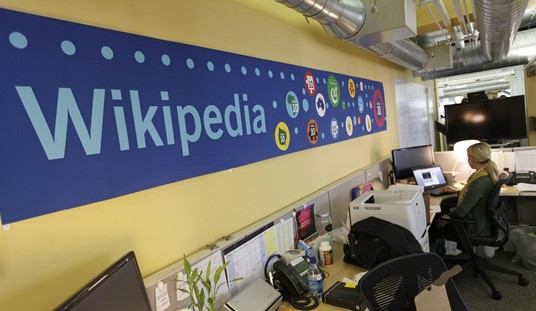CNN Money published a story Saturday highlighting the plight of 63-year-old Shela Bryan. Bryan lives in Georgia and, until recently, was covered under her husband’s insurance. When he died in 2013, she continued his coverage under COBRA, paying $800 a month for an excellent insurance plan with a low $500 deductible. Now that her COBRA benefits are about to run out she’s been surveying her options under Obamacare:
“They cost a thousand, $1,200 [a month], and they have a deductible of $6,000,” she said. “I don’t know how they think anyone can afford that.”…
She could end up paying as much as $14,000 in premiums for a pared-back policy the likes of which she had never imagined, she said, with no coverage for her asthma and high blood pressure medications. The cheapest policies amount to more than a quarter of her yearly income, or double her mortgage, she noted.
That total package would increase her premiums $4,400 over what she is paying for her COBRA plan and raise her deductibles by $5,800. And that was based on 2016 premium prices.
Because she makes slightly more than the limit for receiving subsidies, Bryan has no choice but to pay the full cost of her plan. And as noted above, those were the 2016 prices. In Georgia, Blue Cross Blue Shield is raising prices 21% in 2017 and Humana is raising prices 67.5%. So the prices she is looking at now will seem like a bargain by the time open enrollment starts next month.
There’s a video attached to the CNN story titled “4 truths about Obamacare.” One of the claims made in this video (see below at around 35 seconds) is that 85% of people buying Obamacare plans will receive subsidies. That claim, which has been widely circulated in the media, makes it sound as if the situation facing Shela Bryan is something that will only impact a small minority of those buying Obamacare plans. So, even if you think Bryan’s situation is terrible, you are meant to believe it’s relatively rare.
Except that 85% factoid is extremely misleading. As insurance industry expert Bob Laszewski pointed out last month, 85% is the percentage of people who received subsidies when buying insurance on the Obamacare exchange, i.e. using one of the state or federal websites to buy it. However, that figure does not include millions who bought Obamacare plans off the exchange, likely because they weren’t eligible for a subsidy.
A reporter named Steve Davis called up a bunch of state based Blue Cross Blue Shield insurers and asked them how many people they were selling Obamacare plans to both on and off the exchange. After adding all of the numbers up he found it was close to 50-50. There were 2.3 million people getting subsidies and 2.4 million not getting them. In other words, about half the people buying these plans are experiencing sticker shock that’s guaranteed to get much worse next year.
The claim from Obamacare supporters is that the big jump in prices for 2017 is just a one year correction. Even if that’s true—and that remains to be seen— it’s not as if premiums are likely to go down in 2018, they just won’t go up as quickly as this year. For people like Shela Bryan, who will be eligible for Medicare in a couple years, a slower rate of increase isn’t going to make premiums that are already double her mortgage look any more affordable.








Join the conversation as a VIP Member